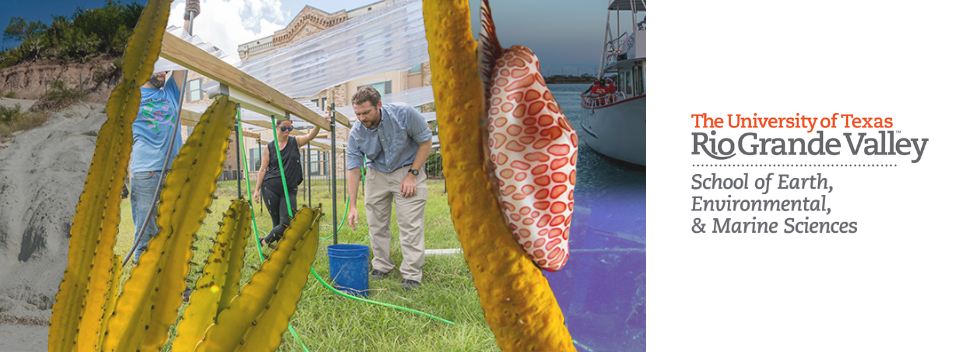
School of Earth, Environmental, & Marine Sciences Faculty Publications and Presentations
Two New Calanoid Copepods from the Galapagos Islands: Pseudocyclops Juanibali N. SP. and Pseudocyclops Saenzi N. SP
Document Type
Article
Publication Date
10-2011
Abstract
Two new calanoid copepods, Pseudocyclops juanibali n. sp. and Pseudocyclops saenzi n. sp. are described from anchialine pools in the Galapagos Islands. Pseudocyclops juanibali n. sp. is similar toP. australis, P. mathewsoni, P. simplex, P. pacificus, and P. latisetosus. A deep cleft on the distal margin of the endopod of the left leg five of males separates these six species from all otherPseudocyclops likely forming a species group. Pseudocyclops juanibali differs from other members of this group in the shape and number of elements on the distal exopodal segment of the left leg five of males. Pseudocyclops saenzi n. sp. is most similar to P. rubrocinctus and P. steinitzi but differs in the presence of a posterior seta on the basis of the leg five of females, a sclerotized seta on the exopod of the maxillule, and several differences in the shape and ornamentation of the leg five of males. A 569-base-pair region of the internal transcribed spacer 1 ribosomal DNA region (ITS-1) was amplified from specimens of P. juanibali and P. saenzi, and from specimens of Pseudocyclops that were morphologically identical to P. juanibali but from two different anchialine pools. The phylogenetic analysis of the ITS-1 region shows that P. juanibali and P. saenzi are genetically different from each other and, furthermore, that the specimens from the two other anchialine pools are genetically isolated from the former species, a finding that suggests cryptic speciation. The morphological and genetic evidence presented here, including confirmation of a close sibling species ofP. juanibali from the Ryukyu Islands of Japan, demonstrate that vicariance and active migration are responsible for the observed distribution of species, with faunal exchange occurring between the Galapagos and the Caribbean and Western Pacific Oceans. However, although these copepods are able to cross the entire Pacific, such long-range migration is not the norm. They tend to have restricted distributions with minimal migration and gene exchange, even between habitats that are very close to each other such as the anchialine pools in the Galapagos.
Recommended Citation
Diego F. Figueroa, Two New Calanoid Copepods from the Galapagos Islands: Pseudocyclops Juanibali N. SP. and Pseudocyclops Saenzi N. SP, Journal of Crustacean Biology, Volume 31, Issue 4, 1 October 2011, Pages 725–741, https://doi.org/10.1651/10-3374.1
Publication Title
Journal of Crustacean Biology
DOI
10.1651/10-3374.1


Comments
Copyright 2011 by Koninklijke Brill NV, Leiden, The Netherlands